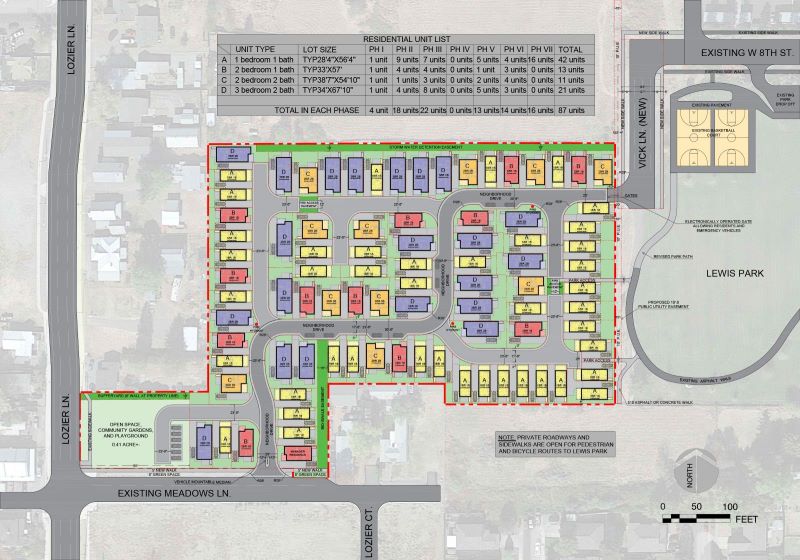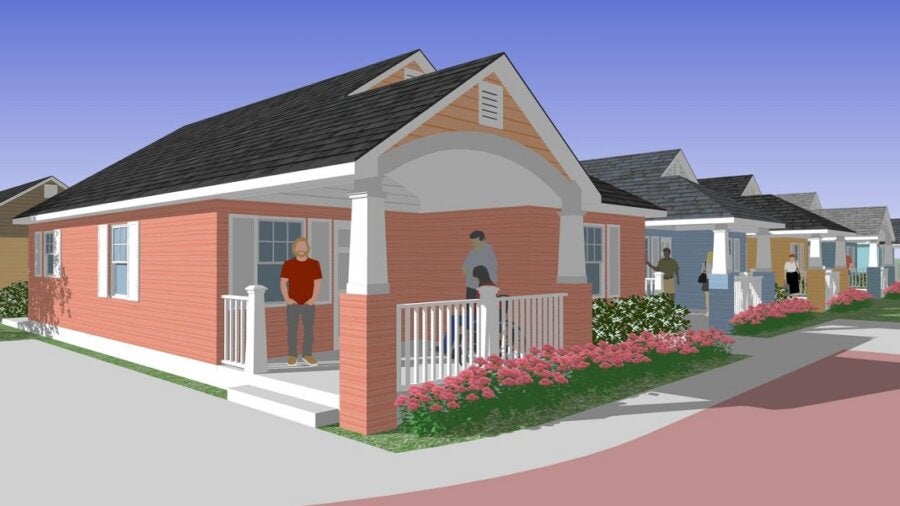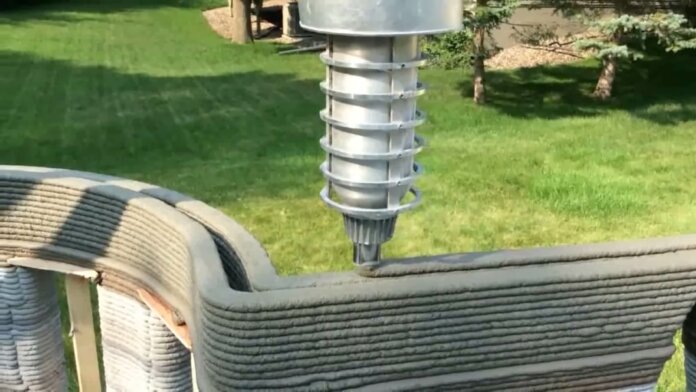In September 2020, the Almeda fire swept across Oregon’s Rogue Valley, destroying more than 2,600 homes. It was the most destructive wildfire in the state’s history, and almost three years later hundreds of displaced families are still living in temporary accommodations like FEMA trailers or hotels. But a new community of 3D-printed homes is being built to house people affected by the fire.
The community is called New Spirit Village, and it’s located in the southwest Oregon town of Medford, which was right in the wildfire’s path. Its 87 one, two, and three-bedroom houses are being built on a six-acre plot of land. Planning and permitting for the project took a year and a half, and construction just started earlier this summer.

Thanks to state wildfire funding, the families moving into the homes won’t have to give a down payment. They’ll have to make their own mortgage payments, but the houses will be very affordable compared to other homes in the area; one-bedroom units will be priced at $185,000 and three-bedrooms at $235,000, while the average home price in Medford is $463,000. The development’s land trust model dictates that if residents sell their house, it has to be for an agreed-upon affordable price.
The project is also partially funded by the Thalden Foundation, a philanthropic non-profit based in Ashland, Oregon. Retired architects Barry and Kathryn Thalden are the community’s developers. “This is a radically innovative, unique pilot project that we hope can be duplicated by others all over the world,” Barry Thalden said.

Thalden mentions in a podcast interview that he and his wife traveled to Austin, Texas to see House Zero, ICON’s 3D-printed model house. The pair likely chose to 3D print the New Spirit Village homes rather than using conventional construction methods because of the technology’s potential to cut costs and move quickly (and, crucially, since the houses will be made of concrete they’ll be more fire-resistant than wood-frame homes).
But there’s been some debate about whether 3D printing is truly as low-cost as the hype implies, and its scalability and cost-effectiveness haven’t been fully proven yet. There are a few communities of 3D-printed homes already underway—including in California, Virginia, Texas, and Kenya—but none of them are selling houses at significant discount below market value.
One house on Long Island listed for below market value in 2021, and Habitat for Humanity completed its first 3D-printed home at the end of that same year. But these one-off examples are a far cry from the silver bullet housing solution that 3D printed has often been touted as. Besides homes being available to buyers at lower prices, their builders still have to make a profit too.
ICON seems aware that there’s a way to go with cost-cutting, because this spring it launched a contest called Initiative 99 challenging entrants to submit 3D-printed home designs that can be built for under $99,000. Entrants should consider how their design could be scaled for communities of 20-plus homes, and should take climate and sustainability into account.
Though it could use some solid real-world proofs of concept to further validate it, 3D printing construction must be a step in the right direction, otherwise developers wouldn’t continue to choose it. Let’s hope New Spirit Village ends up being one of those proofs of concept, and does indeed inspire others to duplicate it.
The community’s first seven homes will be move-in ready by the end of this year, with the remaining 80 homes set to be completed in 2024.
Image Credit: The Thalden Foundation/New Spirit Village



